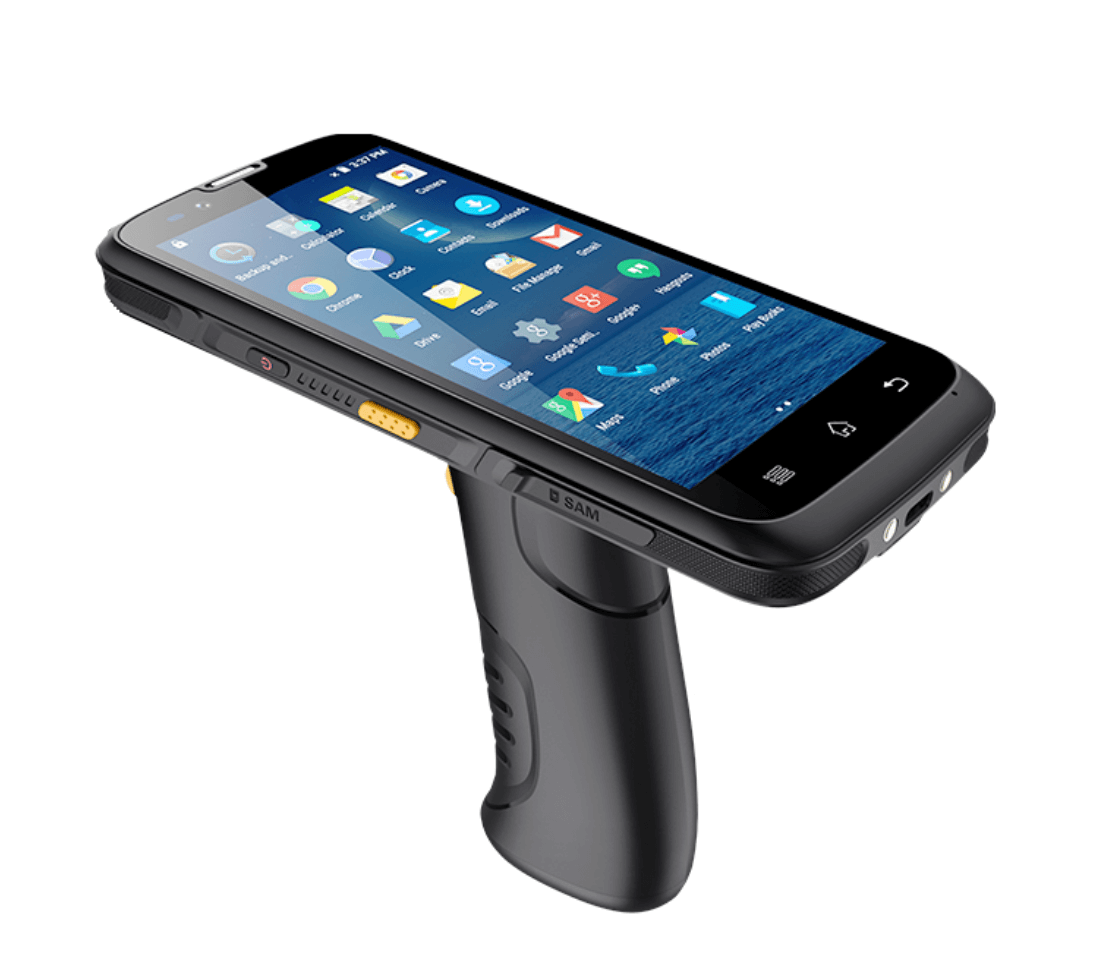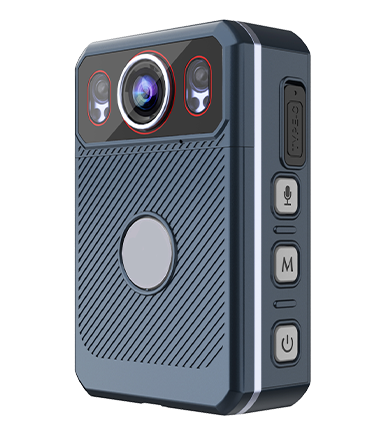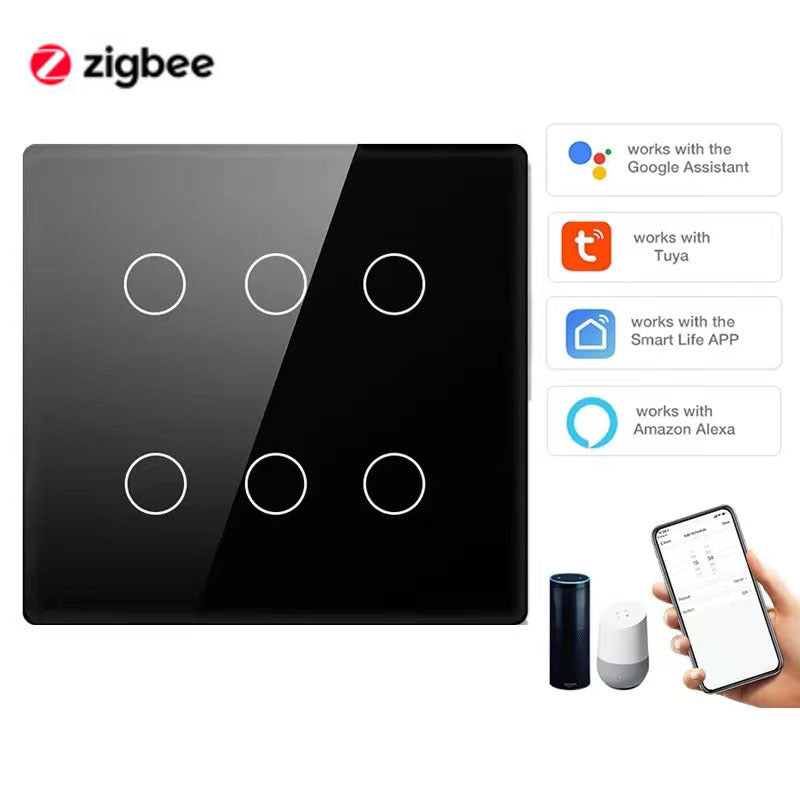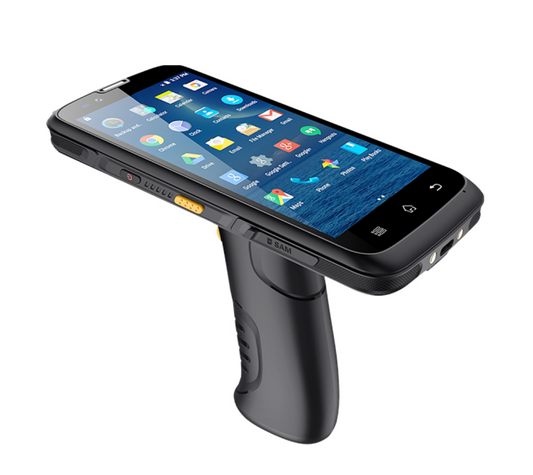In today’s fast-paced industrial environments, efficiency, durability, and functionality are critical. Businesses often face the dilemma of choosing between Personal Digital Assistants (PDAs) and smartphones for their operations. While both devices offer unique advantages, the decision ultimately depends on the specific needs of the industry. This blog explores the key differences between PDAs and smartphones, helping you determine which device is better suited for industrial use.
What is a PDA?
A PDA, or Personal Digital Assistant, is a handheld device designed for productivity and data management. Modern PDAs often come equipped with barcode scanning, NFC (Near Field Communication), RFID (Radio Frequency Identification), and other industrial-grade features. They are built to withstand harsh environments, making them ideal for industries like logistics, manufacturing, retail, and healthcare.
What is a Smartphone?
Smartphones are versatile consumer devices that combine communication, computing, and entertainment features. While they are not specifically designed for industrial use, many businesses leverage smartphones for their portability, user-friendly interfaces, and app ecosystems. However, their durability and functionality in demanding environments can be limited.

Key Factors to Consider
1. Durability and Build Quality
- PDA: PDAs are built to endure tough conditions. They often feature rugged designs that are dustproof, waterproof, and shockproof, meeting military-grade standards (e.g., IP67 or IP68 ratings). This makes them ideal for industries like construction, warehousing, and field services.
- Smartphone: Most smartphones are designed for everyday use and lack the ruggedness required for industrial settings. While rugged smartphones exist, they are often more expensive and still may not match the durability of PDAs.
2. Functionality and Features
- PDA: PDAs are purpose-built for industrial tasks. They come with specialized features like high-precision barcode scanners, NFC/RFID readers, and long-lasting batteries. These devices are optimized for data collection, inventory management, and asset tracking.
- Smartphone: Smartphones offer a wide range of apps and connectivity options but may require additional accessories (e.g., external barcode scanners) to perform industrial tasks. This can increase costs and reduce portability.
3. Battery Life
- PDA: PDAs are designed for all-day use, with batteries that can last up to 12-24 hours on a single charge. Some models even feature hot-swappable batteries, ensuring uninterrupted operation.
- Smartphone: Smartphones typically have shorter battery life, especially when running resource-intensive apps. Frequent charging can disrupt workflow in industrial settings.
4. User Interface and Ease of Use
- PDA: PDAs often have simplified interfaces tailored for specific tasks. They may include physical keypads or touchscreens designed for use with gloves, making them more user-friendly in industrial environments.
- Smartphone: Smartphones offer intuitive touchscreens and familiar operating systems (e.g., Android, iOS). However, their interfaces may not be optimized for industrial applications, and touchscreens can be difficult to use in certain conditions (e.g., wet or dusty environments).
5. Cost
- PDA: PDAs are generally more expensive upfront due to their specialized features and rugged design. However, their durability and efficiency can lead to long-term cost savings by reducing downtime and replacement costs.
- Smartphone: Smartphones are more affordable initially, but additional accessories and potential replacements due to damage can increase overall expenses.
6. Software and Integration
- PDA: PDAs often come with pre-installed software for industrial applications, such as inventory management or asset tracking. They can also be customized to integrate seamlessly with existing enterprise systems.
- Smartphone: Smartphones rely on third-party apps for industrial tasks, which may not always offer the same level of integration or reliability as PDA software.
Use Cases: PDA vs. Smartphone
When to Choose a PDA:
- Warehousing and Logistics: PDAs excel in inventory management, order picking, and shipment tracking due to their barcode scanning and RFID capabilities.
- Manufacturing: Rugged PDAs can withstand factory environments and streamline production processes.
- Field Services: PDAs are ideal for technicians who need durable devices for data collection and reporting in remote locations.
- Healthcare: PDAs with barcode scanning can improve patient safety by ensuring accurate medication administration and asset tracking.
When to Choose a Smartphone:
- Light Industrial Tasks: Smartphones are suitable for businesses that require basic data collection or communication without the need for specialized features.
- On-the-Go Communication: For industries where real-time communication is a priority, smartphones offer seamless connectivity.
- Budget Constraints: If cost is a major concern and the environment is not overly demanding, smartphones can be a viable option.
Conclusion: Which is Better for Industrial Use?
The choice between a PDA and a smartphone ultimately depends on your industry’s specific requirements. If you need a durable, specialized device for demanding environments, a PDA is the clear winner. Its rugged design, industrial-grade features, and long battery life make it an invaluable tool for improving efficiency and productivity.
On the other hand, if your operations involve lighter tasks and prioritize cost-effectiveness and versatility, a smartphone may suffice. However, keep in mind that smartphones may require additional accessories and may not withstand harsh conditions as well as PDAs.
In summary, PDAs are the go-to choice for heavy-duty industrial use, while smartphones are better suited for less demanding applications. By carefully evaluating your needs, you can make an informed decision that enhances your business operations.
What’s your take? Are you team PDA or team smartphone for industrial use? Share your thoughts in the comments below! 🚀









